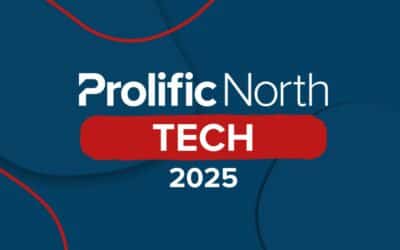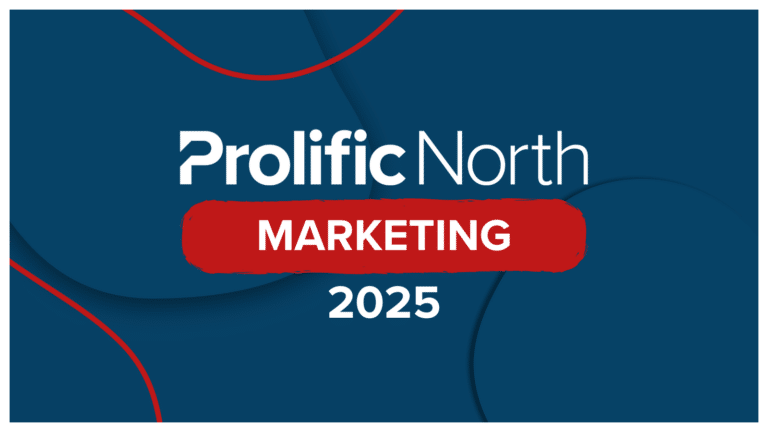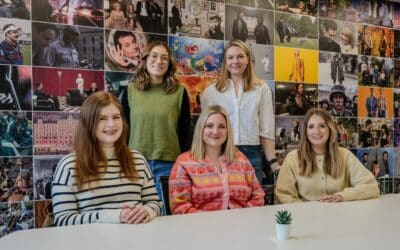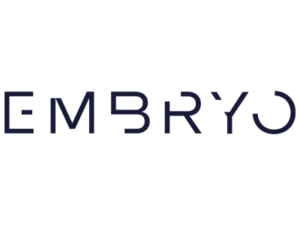This time last year, our annual round up of predictions from the region’s PR and marketing industry was prefaced by an assumption that we’d likely see the astonishing rise of AI, and the challenges presented by ongoing economic uncertainty looming large over the sector’s crystal-ball gazing for the year ahead.
This year, of course, that’s all changed. AI proved to be no more than a flash in the pan that lasted barely as long as PSY’s 2012 grip on the global pop charts and, following a change of government in the summer, the economy is absolutely fixed and we’re all planning on buying a second home in The Lakes over the holidays – once we’ve sourced a decent insurance deal for the Ferrari.
Or not. We don’t want to be in the business of spoilers, but suffice to say that AI and the economy are still very much a thing as we look forward to 2025. So here they are, along with some of the other things Northern industry figures think might be making the headlines in the year ahead.
Mike Smith, CEO, Open Media (Liverpool)
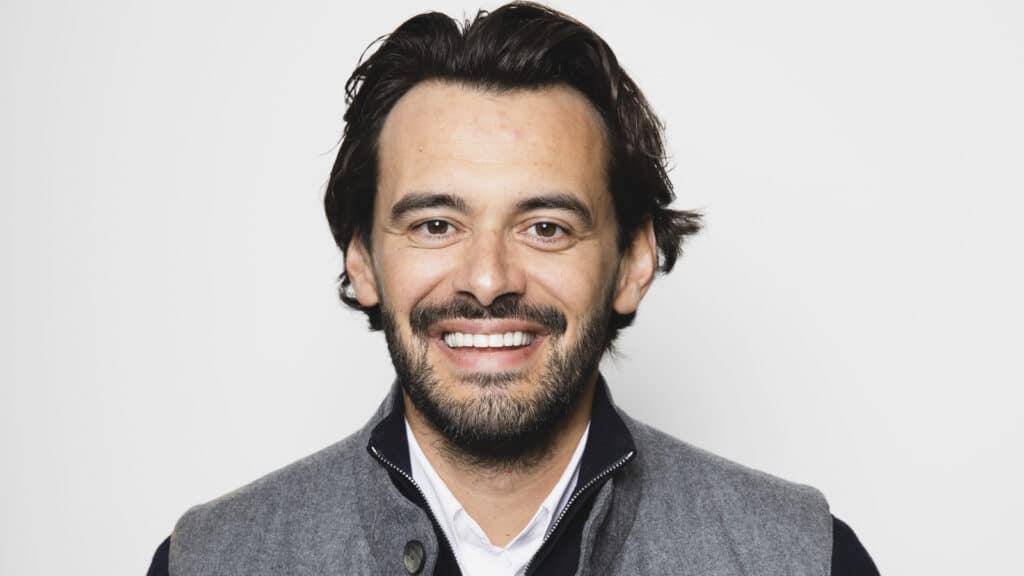
Sustainability is no longer just a buzzword—it’s quickly becoming the new standard for advertising. At Open Media, we see this shift as an opportunity to push creative boundaries.
By 2025, the most successful out-of-home campaigns will prioritise environmental responsibility in their messaging, as well as how they’re produced and delivered.
For us this isn’t about following trends; it’s about leading with intention and connecting with audiences who value genuine, sustainable action. From utilising renewable energy to embracing innovative materials and technologies that reduce waste (such as Daktronics’ Eco Smart screen technology) we’re embedding sustainability into every aspect of our work, partnering with organisations like Ad Net Zero and aligning with the GMSF Framework to drive forward a more sustainable future for out-of-home advertising.
Looking ahead to 2025, we’re in the process of collaborating with two key partners on a project which aims to tackle these sustainable creative challenges head-on, with more on this to be revealed early next year.
Paul Corcoran, CEO, Agent

We will see lots of organisations and businesses, not just in our sector but surrounding it too, revisiting their marketing strategies and subsequently their communication plans following the election of the new government and its recent budget and new strategies.
The world has changed and will continue to change. Organisations need to make sure they have the right purpose, proposition and position in order to exploit the opportunities that are out there. This means making sure everyone within the business and outside of it understands where it is going in the future and what it offers.
One of the key areas of this is getting teams, partners and supply chains involved in the co-creation of the marketing strategy and communications plan, setting a new North Star for organisations which reflects the changing nature of the market in which we operate and the importance of sustainability and good growth.
Caroline Aspinall, commercial director and head of B2B, Smoking Gun

Staggering advances in technological innovation and an ever-evolving media landscape makes for an uncertain but exciting future for public relations.
Artificial intelligence is revolutionising content creation, audience targeting and predictive communication. Machine learning algorithms can now generate initial drafts, predict media trends and identify optimal communication channels with remarkable sophistication.
Despite all these useful tools – there is still a truth at the heart of public relations and that is that the dial is ultimately shifted by people telling stories to people.
The most successful PR strategies will integrate advanced AI-driven insights with human emotional intelligence to ensure an emotional connection is made. Brands that can balance technological precision with authentic, purpose-driven narratives will emerge as leaders in this evolving communication landscape.
The industry is increasingly focused on brand building – creating a strong base from which to build the rest of your messages. The other marketing layers will be less successful if we haven’t put those foundations in place.
Brands are speaking to customers through unified, multi-channel storytelling with stronger personalities to cut through the clutter – but all this stems from building that brand in the first instance.
Emerging technologies will be key to advances in another cornerstone of PR effectiveness: measurement. Analytics tools will provide granular insights into campaign performance, moving beyond traditional metrics to comprehensive impact analysis. PR professionals can quantify brand sentiment, track precise audience engagement and demonstrate clear return on investment with unprecedented accuracy.
At Smoking Gun we’re always on the front line of the battle for accurate and thorough measurement and we have exciting plans for a new measurement tool which we will be perfecting throughout 2025.
These AI tools are not replacing human creativity but augmenting strategic decision-making, allowing PR professionals to focus on nuanced storytelling and relationship building.
People-powered but AI-assisted.
Julian Pearce, founder, Yasper

The only constant in client / agency relationships is change. Ability to deliver, rather than reputation, headcount or cost, will be the key consideration informing client decisions on appointing an agency going forwards, as they increasingly focus on value for money.
This will favour agencies with strong connections in the areas they operate, or who are specialist either in terms of the services they deliver or the sectors they deliver in. Articulating a clear service proposition as an agency will be more important than ever.
Client’s demands for a more focussed service will force a shift in agencies to ensure that senior practitioners are highly visible and active on accounts, rather than overly relying on junior team members.
The challenge for agencies will be fulfilling this need, while continuing to develop talent and they can do this by having a firm focus on training and mentorship. The challenge for brands will be coming to terms with the fact that senior expertise cannot be delivered on junior fee levels. An inevitable meeting-point will be reached that suits all parties.
Agencies (and more importantly clients) will realise the value of working with other specialists in their fields, even if this means putting several agencies in place on complex projects and campaigns. This will favour small to mid-sized agencies, who are agile and open to working with likeminded organisations in a highly coordinated, even seamless, way. This isn’t about ‘collaboration’ it’s about delivering a service which suits client needs better and not being obsessed about slices of pie.
Patrick Rose, co-founder, Hot House Digital

In 2025, AI will continue to disrupt the organic search landscape. Whilst this probably won’t shock anyone that hasn’t been living under a rock, the interesting thing is how winners and losers will start to emerge.
Smart teams will keep finding ways to leverage AI to automate tasks, freeing up time and resources. Really smart teams will use this time and resource to tease out unique insights and ideas from the top thinkers in their business and spin this raw material into genuinely unique and interesting content that will give customers and potential customers food for thought and answer their questions. This content will give them a huge advantage because it will be genuinely unique as LLM’s (Language Learning Models) won’t have been able to chew it up yet.
This will make close working relationships between clients and agencies vital, so that strategy and SEO can be plugged into this content, helping it to drive not just positive customer interactions but natural search rankings and engagements as well.
In the realm of PR, these stories led by genuine insights and augmented with proprietary data sets, will stand out from the crowd of AI driven content. This will be particularly important, because with the waves redundancies that have rippled through journalism in 2024. PR professionals are going to be in a more fragmented media environment where the bandwidth of journalists for considering and responding to outreach is going to be reduced even further.
PRs that win will be those that have cultivated close relationships with journalists and come with good stories instead of just being lost in the crowd.
Doug Main, Kirstie Wilson, Ellie Ismail, Carrie Webb, The Bigger Boat

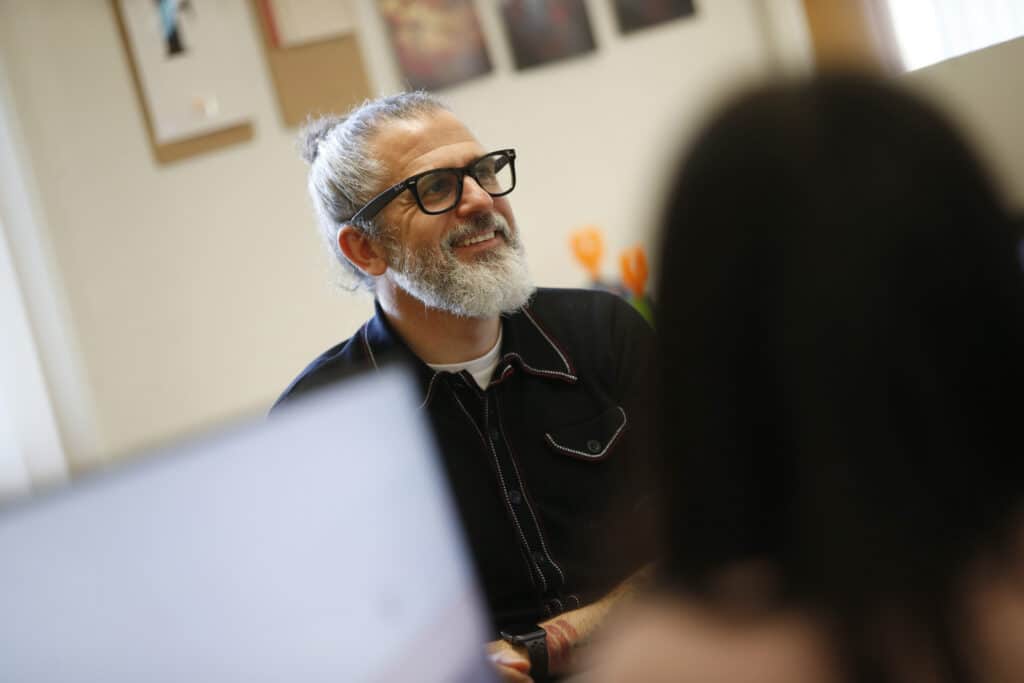
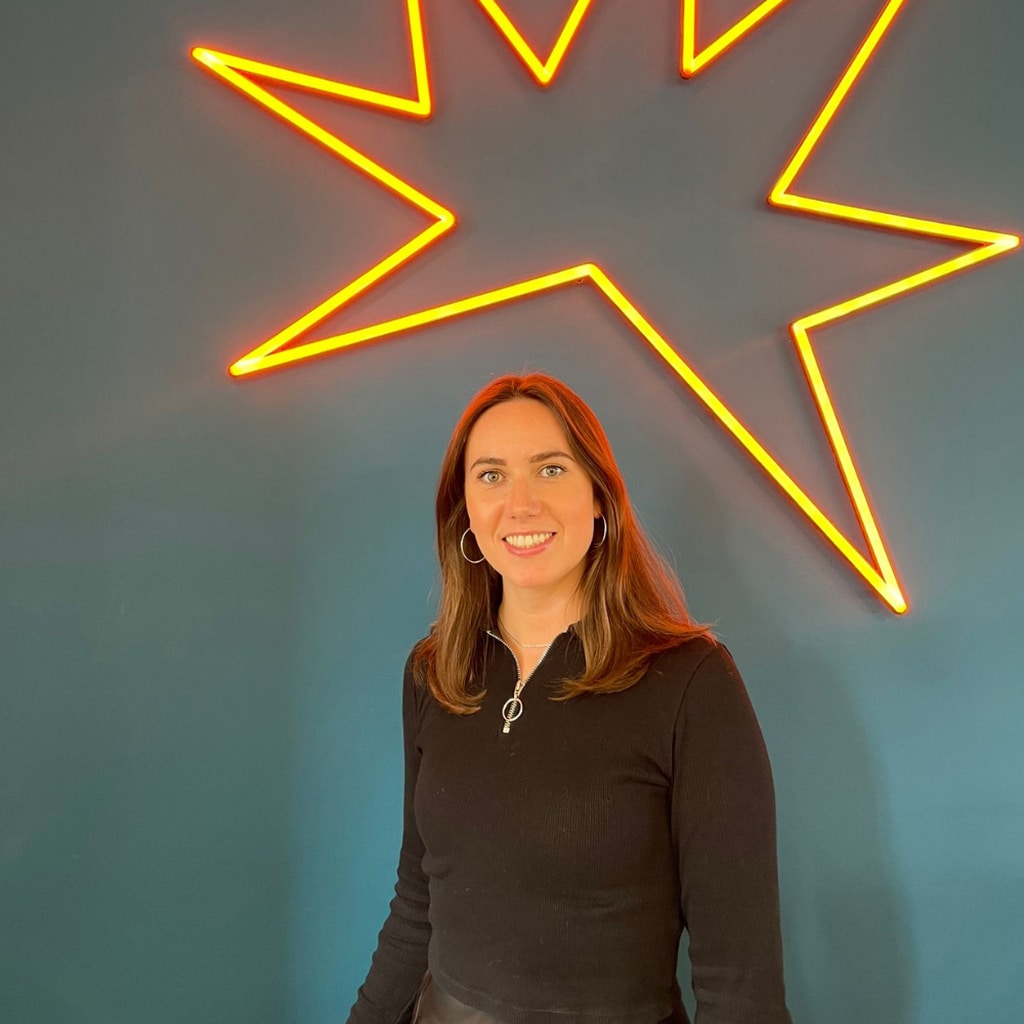

Doug Main, creative director: The era of static images feels like it’s coming to an end, especially on social media. Data consistently shows that video content drives more engagement, and personally, it’s hard to ignore how much more captivating it is. With tools like Adobe Express (Adobe’s answer to Canva) making it easier for anyone to add movement to what would have been static posts, the shift toward dynamic content is only accelerating. As video becomes more accessible, expect it to dominate the social landscape, offering brands a powerful way to capture attention and drive deeper connections with their audience.
Kirstie Wilson, PR account director: Social media has now pushed the general media into prioritising video content. Short-form and long-form content will be highly prized by journalists who can use it alongside copy to drive traffic from social media to articles, or on the outlet’s platforms itself. Experts and business leaders will need to get comfortable in front of the camera if they want to stay relevant.
Ellie Ismail, media relations manager: With tighter resources and fewer journalists, it has become increasingly challenging to secure coverage. To break through, PR teams have had to employ more creative storytelling, sharper angles, and highly targeted pitches to stand out. Timeliness and relevance have been critical, with brands needing to act quickly on emerging trends and news cycles to capture journalists’ attention.
As traditional outlets streamline operations, more publications have moved toward submission-based content models. This shift gives brands the opportunity to place articles directly with outlets. This trend is set to continue in 2025, and PR teams should be prepared to leverage submissions to reach target audiences.
In 2024, data became one of PR’s most powerful tools, proving invaluable in identifying trends, shaping narratives, and measuring impact. Leveraging data insights has enabled PR teams to create targeted campaigns that resonate with audiences and demonstrate real-world impact. Expect data-driven strategies to remain a cornerstone of effective PR in 2025.
Carrie Webb, head of communications: Trust building and truthtelling. Informing decision making. Meeting heightened expectations for digital and physical experiences… There’s a lot riding on your brand’s content, yet it needn’t be a tall ask of your content marketers. When it comes to understanding and delivering on your customers’ needs, your content strategy is the driving force in communicating crucial messaging. And it cannot be empty words.
In 2025, your content must be perfectly attuned to your audience segments and their customer journey i.e. it must go so much further than simply meeting them at each brand interaction. It should be steeped in solid research that’s gotten under the skin of who your customers are, and what drives their decisions and frustrates them. You should glean insight from your stakeholders, and extract data from pivotal moments of the customer journey to understand the why behind their behaviour. Only then, armed with a thorough view of the customer experience, will meaningful content truly engage audiences and ‘perform’ (a word that’s bandied around often but suffers from very different perceptions attached to it).
Andrew Blenkinsop, chief strategy officer, Mediaworks

In 2025, AI will continue to shape customer experiences and marketing, with a focus on balancing AI-driven insights and human expertise to deliver highly personalised yet genuine and authentic interactions. AI will move beyond its role in automation, enabling marketers to develop more relevant and meaningful connections, building trust and driving long-term advocacy.
Unifying the right data will be central to this. By consolidating fragmented sources, organisations will unlock AI’s full potential, to deliver both efficiency and effectiveness.
Paul Sheldon, senior creative, Golley Slater

In 2025, the decline of direct customer feedback will begin to change how brands operate. Consumers, particularly younger demographics, are less likely to fill out surveys or voice complaints in a traditional feedback format. Instead, their dissatisfaction shows in churn rates, abandoned carts, and online sentiment – especially on platforms such as TikTok and Instagram.
This shift forces brands to rethink how they gather insights. Companies must adapt to becoming social listeners, behavioural analysists, as well as utilising predictive AI to decode the “silent signals” left by these disengaged evaluators.
“onsumers are also more than comfortable with ‘ghosting’ a brand if they’re unhappy with it due to their lack in belief that their business would be changed in response to their actual thoughts and opinions. This makes it a trust challenge too – rebuilding that trust means acting decisively on unspoken cues and pre-emptively addressing frustrations before they escalate. Brands that can read between the lines – and prove they’re listening – will earn loyalty in a market increasingly defined by scepticism and choice.
Chloe Tetmajeris, PPC manager, Circus PPC

In 2025, consumer search behaviour will continue to become more and more complex, with increasingly longer upper funnel activity before making purchase decisions – which means that brands should be focusing on not only those final steps before conversion, but also what they want the customer journey to look like from the very moment they discover your brand. In PPC terms, this means advertisers should be making the most of Video and Demand Gen campaigns to improve online presence and nurture the upper funnel, as well as those ready to convert. Generally, competition will heighten as brands fight for more visibility to ensure that they remain at the forefront of consumers’ minds. Different marketing channels should be aligned and work together seamlessly to support the final conversion goal, rather than fighting for attribution at completely different points of the customer journey.
Nick Slow, client services director, Live & Breathe

In 2025 we’re obviously going to see the continued impact on marketing and advertising from AI, as it continues to grow at pace and in unexpected ways. It will continue to influence how we execute creative work, with data-backed creative strategies that resonate deeply with audiences. However, brands need to tread with care when they use AI in campaigns, ensuring that their personalities and purpose are at the heart of what they do. Consumers don’t want to see your products paraded around mixed reality cities in a shallow attention grab but do want to see brands earn attention with compelling stories that speak to them as humans and add value to their understanding of the brand in an increasingly confusing digital world.
Jonathan Brown, Caitlin Eatwell, Max Watt, Edge45
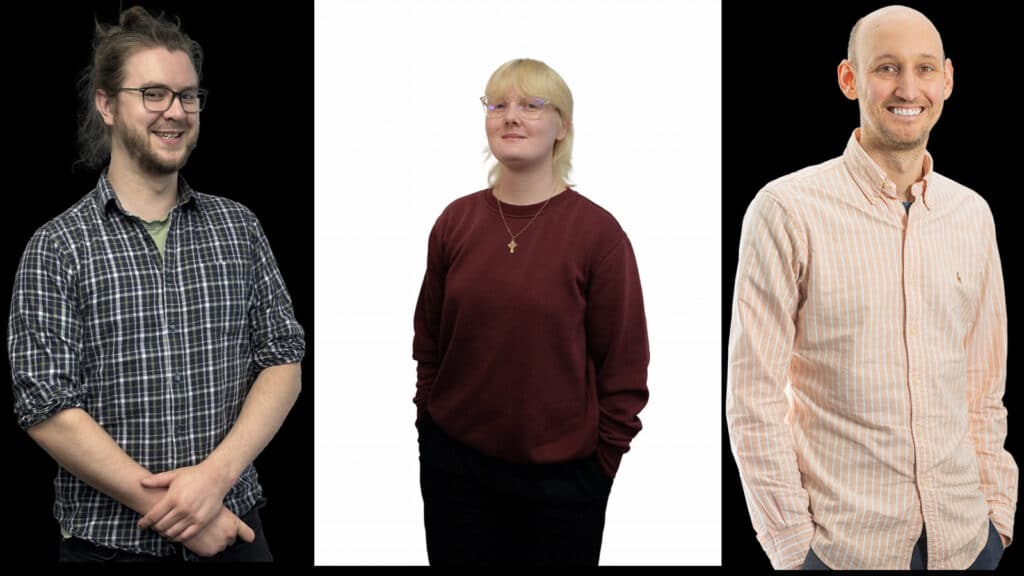
Jonathan Brown, Senior Content Editor: With AI Overviews potentially taking organic traffic from sites – especially to their informational content – distribution of content will become even more important. Whether that’s through social channels, email or digital PR.
Using these channels will help not only provide a greater reach but will also help you reach different audiences at different stages of their user journeys.
With digital PR, not only does this put you in front of your audience where they like to spend their online time, but it will also help boost your brand’s authority in the eyes of both Google and your audience.
And if Google starts to recognise you as an expert in the field due to your PR efforts, they are more likely to include you in AI Overview answers.
Caitlin Eatwell, SEO Executive: Story-led social content with human connection and community participation at its heart will perform best in 2025. While AI has a place in marketing as a tool to make people’s lives easier (or more entertaining), it shouldn’t replace that connection.
UK consumers on social media have consistently engaged with community-led storytelling content that feels ‘real’ – we all wait for John Lewis’ Christmas advert with bated breath to see which heartstring it’s pulling this year. TikTok content like Julian Sewell’s Paloma Diamond 80s soap opera gets an average of 4.5M views per ‘episode’ and spinoff content/commentary from other users. Brat Summer was a global sensation transcending social media.
Meanwhile, content marketing tactics where advertisers have used AI to replace on-screen humans have fallen flat: fashion editorial SheerLuxe’s launching of AI influencer Reem faced immediate backlash and still stands at less than 2k followers on Instagram 5 months later.
Similarly, Coca-Cola’s 20-second AI-generated Christmas ad this year lacks depth and has been described by commenters on X and TikTok as ‘off’ and ‘boring’, distracting from the homage it was attempting to pay to its 90s predecessor. That’s not to say AI should be disregarded entirely – consumers are paying attention when AI is used as a tool, and I’ll be interested to see how O2’s fraud prevention ‘AI Granny’ scheme works in the long run.
In summary, advertisers need to learn from 2024’s mistakes and avoid creating AI-generated content as a replacement for human presence – like anything else, AI only works if it creates value for consumers.
ASA is going to continue to clamp down on creators who incorrectly label content promoting their own brands. We all know that ads posted on behalf of brands need to be labelled as such on social media, but the rulings against Grace Beverley x TALA and Steven Bartlett x ZOE/Huel last summer should remain clear in our minds as other creators launch their own brands next year. Northern talent agencies, make sure your entrepreneurial creators are being transparent about their brand investments online to avoid tarnishing the excitement of such a huge career milestone.
Max Watt, Junior Copywriter: I believe Generative Engine Optimisation)and SEO, while it’s said that one tarnishes the other, both have the same goal: high quality, user-focused content. The generative results that AI programs present score the same points as high-ranking content in SEO SERPs, so we should continue to keep our fingers on the pulse. Stay on top of the evolution of Google, Bing and other search engines and user needs. Do this, and digital marketing industries will continue to exist and thrive.
Ben Foster, CEO, The SEO Works

In the world of search, 2025 is going to be the year of the brand. Recent changes to Google have favoured companies that have a real-world footprint that is broader than just an optimised website. Showing that as a company you are more than just your product or service and being present across multiple channels and touchpoints will favour you in the eyes of Google. SEO is evolving into “search everywhere optimisation” – consumers are now finding information and answers through many different channels, from AI search, TikTok, YouTube and image search. The most successful brands will be omni-channel and discoverable for more than just their product.
I also predict that AI usage will shift from generating (generally low quality) content to integrating it into business workflows and making sense of data. Expect all of your favourite tools and platforms to double down on AI integration, adding AI features wherever they can.

